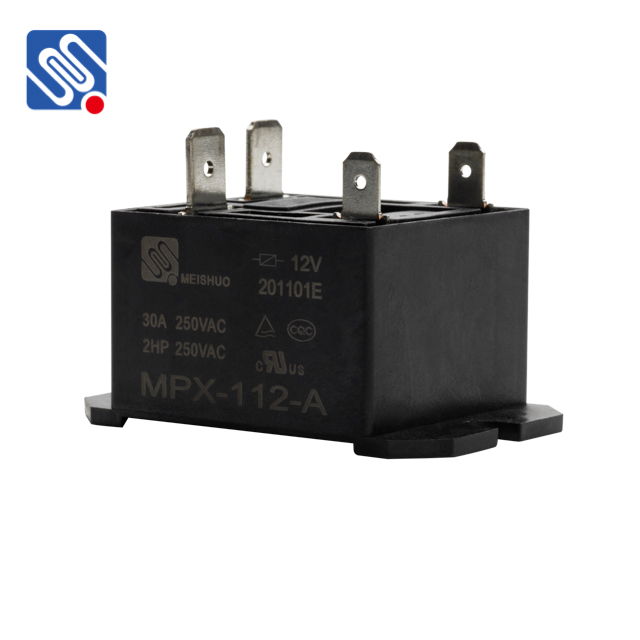understanding power relay: essential components in electrical control systems
Release time:2025-10-22 13:27:13
Power relays play a crucial role in modern electrical control systems, acting as essential components that help manage large electrical loads while using smaller, safer control signals. Whether in industrial machinery, home appliances, or power distribution systems, relays serve as the reliable bridge between low-power control circuits and high-power devices. In this article, we will explore the workings, types, applications, and selection factors related to power relays, shedding light on their importance in everyday technology.

What is a Power Relay?
A power relay is an electrical switch that uses an electromagnet to control the switching of a circuit. When an electric current passes through the relay’s coil, it generates a magnetic field that moves the relay's armature, which in turn closes or opens the contacts of the switch. The key advantage of a relay is its ability to control high-power electrical devices with low-power control signals, allowing safe, remote operation of machinery without direct manual intervention.
How Does a Power Relay Work?
The core function of a power relay revolves around electromagnetism. When current flows through the coil of the relay, it creates a magnetic field. This magnetic field pulls a metallic armature, causing the relay’s contacts to either open or close, depending on the type of relay used. The closed contact allows electricity to flow to the load circuit, whereas the open contact cuts off the flow of electricity, turning off the device or system.

